Mopyeong Village (모평마을)
12.9Km 2022-11-11
80, Sangmo-gil, Hampyeong-gun, Jeollanam-do
+82-61-320-1783
Located in Hampyeong-gun, Jeollanamdo, Mopyeong Village is a scenic farming village that is rich in tradition and history. From the moment you start walking down the stonewall-lined path into town, this small village will capture your heart. The village’s important history (including its title as the origin of Hampyeong-gun of Jeollanam-do Province) is evident in everything you see: from the traditional houses to the 500-year old forest. The area is home to 27 historical and cultural sites and the beautiful Haebochoen Stream, which is shaded by over 40 different types of trees including zelkova trees, nettle trees, and willow trees. Some of the town’s traditional houses, which are about 80 years old, offer guesthouse accommodations to tourists. They include Mopyeongheon, Sopungga and Hisomun (a house made of yellow sod).
In addition to the beautiful country scenery, there is a great selection of available programs that highlight the area’s specialties, including: mulberry-picking, silkworm-feeding and Korean traditional sauce-making. You can also visit a traditional watermill, which has been restored, and swim and splash around in the forest stream. Visitors are encouraged to try their hand at making green tea cakes at the traditional teahouse nearby.
The area of Mopyeong is full of things to entertain visitors, including a number of attractions and special events. Some of the area’s most praiseworthy attractions are the Hampyeong Butterfly Festival, the Cluster Amaryllis Festival in Yongcheonsa Temple, the Chrysanthemum Festival, and the Hampyeong Eco Park and Folk Museum.
Other towns well worth a visit in the Mopyeong area are Hamo Maeul, Ungok Maeul and Wonsan Maeul. A stay at Wonsan Maeul gives visitors a chance to experience firsthand the reality of an agricultural lifestyle by doing some activities like mulberry-picking. For a more low-key trip, make your way over to Ungok Maeul, where you can enjoy the fantastic scenery at the lake or take a relaxing walk along the hiking trails of Mt. Wolyangsan.
Red Spider Lily Park of Yongcheonsa Temple (용천사 꽃무릇공원)
13.9Km 2024-02-20
209 Yongcheonsa-gil, Haebo-myeon, Hampyeong-gun, Jeollanam-do
Red Spider Lily Park of Yongcheonsa Temple is a park where red spider lily form habitat. Starting to bloom in late August, by autumn, not only does Yongcheon Temple but also the park below the temple and the Gwangam Reservoir are all dyed red with the blossoms. In mid-September, during the peak blooming period of the flowers, the local festival called the Red Spider Lily Grand Festival takes place, featuring various events for both tourists and local residents.
Anak Beach (안악해수욕장)
14.6Km 2021-07-06
2108, Wolcheon-ri, Hampyeong-gun, Jeollanam-do
+82-61-320-1784
Anak Beach is a white sand beach that stretches for more than 200 meters and is bordered by a forest of pine trees. In addition to the gorgeous scenery, a major draw is the great seafood like fresh mullets, long-legged octopuses, small shrimps, and other local specialties said to provide strength during the sweltering summer heat. Since the beach has not yet been discovered by many tourists, visitors will be able to have a calm and relaxing time. The nearby coastal road is a perfect driving course with a stunning view of the sunset.
Natural Dyeing Culture Center (한국천연염색박물관)
14.7Km 2021-12-07
379, Baekho-ro, Naju-si, Jeollanam-do
+82-61-335-0160
The area of Naju has long been at the forefront of the natural dyeing and silk production industry. The natural setting of fresh water from the Yeongsangang River along with the salt water from the sea are perfect for growing the plants necessary for a deep indigo color. As such, it is the only area to be recognized for its natural dyeing (Important Intangible Cultural Heritage) by the Cultural Heritage Administration. The best place to experience this local heritage is at the Natural Dyeing Culture Center. The center offers experience programs and educational programs, as well as exhibitions and sales of naturally dyed products.
Muan 879 (무안 879)
15.3Km 2024-03-28
879 Cheongun-ro, Mangun-myeon, Muan-gun, Jeollanam-do
Muan 879 is a large café with a view of the sea near Muan Tommeori Beach. It is famous for its exotic outdoor garden resembling a European art museum and its hydrangea photo zone. The first floor is decorated with antique furniture and lighting, while the second floor has a more modern atmosphere. Enjoying an americano while admiring the sea view through the large windows is a delightful experience.
Muan beach hotel / 무안비치호텔
15.6Km 2025-03-18
36 , Tommeori-gil, Muan-gun, Jeollanam-do
+82-61-454-4900, +82-10-9045-7748, +82-10-3379-6656
Muan Beach Hotel, which stands on Topmeori Beach in Muan, Jeollanam-do, is a hotel-class motel where guests can enjoy the beach scene all year round. The motel offers a choice of different rooms, including a 2-person suite, a VIP room, and a condominium room of 60 pyeong/200 sq metres, suitable for a family of four. The motel has ample parking space, and is just 5 minutes away from Muan Country Club and Muan International Airport.
Tommeori Beach (톱머리 해수욕장)
15.6Km 2021-08-11
66, Tommeori-gil, Muan-gun, Jeollanam-do
+82-61-454-5224
Tommeori Beach can be characterized by the extremes shown at high and low tides. The endless stretch of white sandy beach during the low tide and the dense black pine forest offer a spectacular view. The shallow waters and low slope make it a great vacation destination.
Yeonggwang Bulgapsa Temple (불갑사 (영광))
15.8Km 2021-12-02
450, Bulgapsa-ro, Yeonggwang-gun, Jeollanam-do
+82-61-350-4889
Bulgapsa Temple of Yeonggwang-gun, Jeollanam-do, was the very first Buddhist temple to be built in Korea. Monk Marananta, who was the first Indian monk to spread Buddhism in Korea, is said to have established the temple here around the year 384, during the reign of Baekje King Chimnyu.
Daeungjeon Hall, the main hall of Bulgapsa Temple, has been designated as a Treasure. The motifs on the doors of the hall are famed for their beautiful designs. The temple also has other buildings of distinction such as the Manseru Pavillion, Myeongbujeon Hall and Ilgwangdang Shrine, and a population of sericeous newlitse trees, designated as a Natural Monument. The temple is also famous for the magic lily which blooms in the late summer. The path into Bulgapsa Temple is ideal for a restful walk and contemplation.
National Center for Forest Education, Naju (국립나주숲체원)
16.5Km 2024-02-19
116 Geumseongsan-gil, Naju-si, Jeollanam-do
National Center for Forest Education, Naju is a national recreational facility located on Geumseongsan Mountain. It operates customized forest education and cultural programs based on the wild tea plantation of Geumseongsan Mountain and the culture of Naju. Utilizing the facilities of the forest center and the surrounding nature, it offers various experiential programs such as forest walking, stretching, meditation, and natural dyeing experiences of Naju's traditional culture.
3917Majung (3917마중)
17.2Km 2024-12-23
42-16 , Hyanggyo-gil, Naju-si, Jeollanam-do
+82-61-331-3917
3917 Majung is a Japanese- and Western-style hanok commonly seen in the late Korean Empire period, in Naju, Jeollanam-do, which combines a cafe, cultural space and hanok stay. The 3.2 acre site contains four buildings, with a mixture of ondol rooms, tatami rooms, daecheong floors and numaru lofts. Some buildings have bathrooms installed, some share outdoor bathrooms. All four buildings are let as private houses.
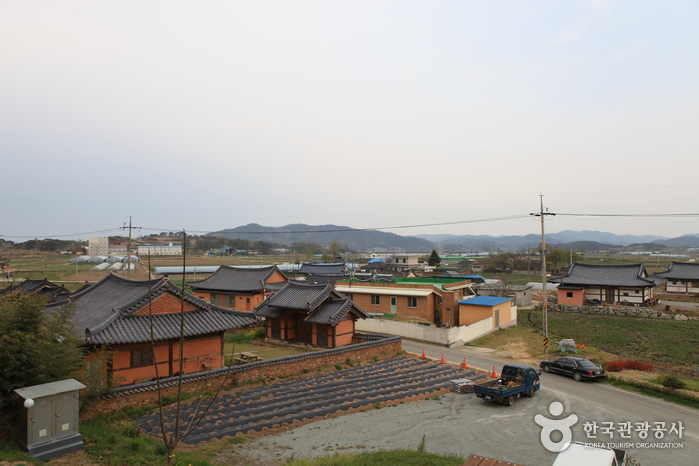
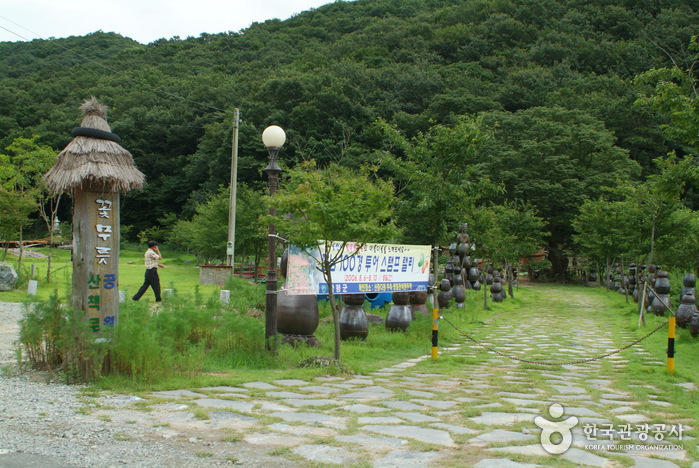
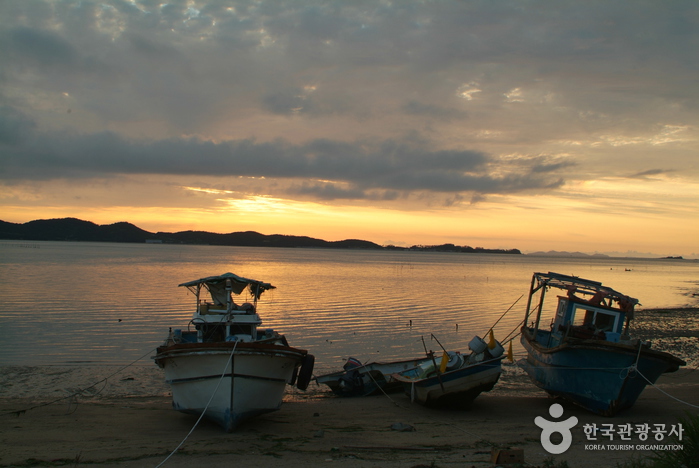
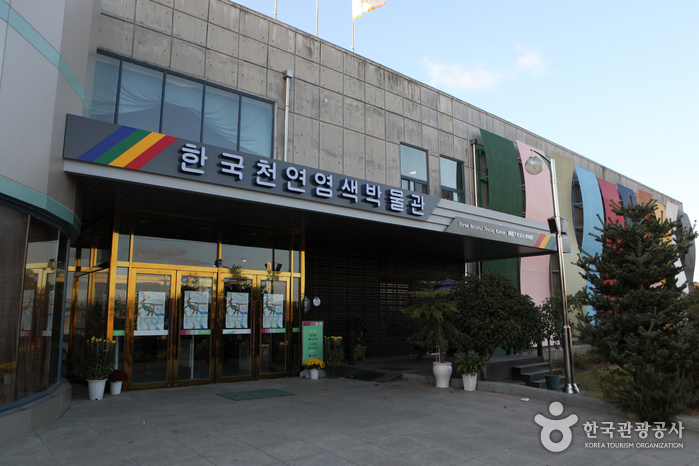
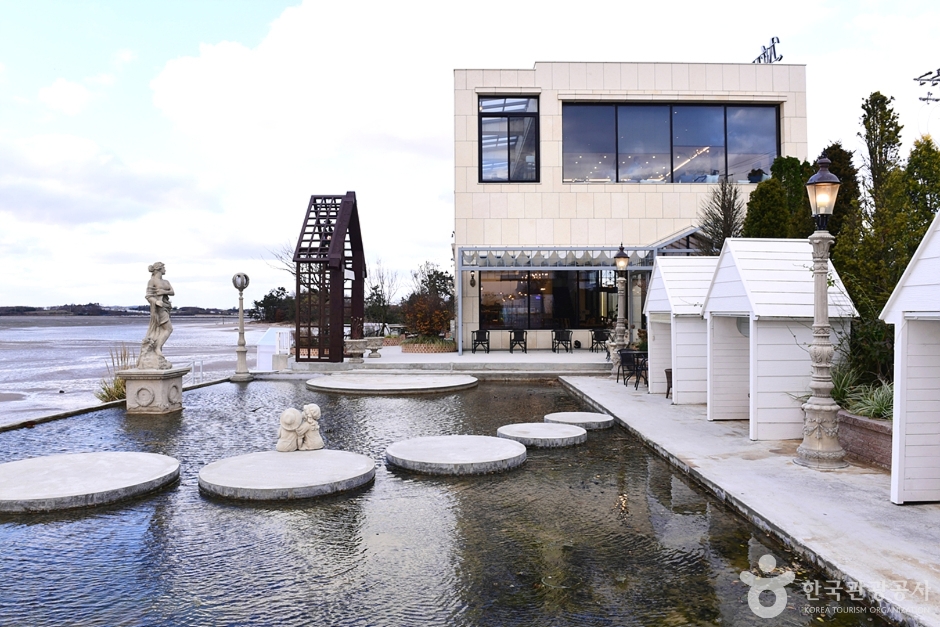
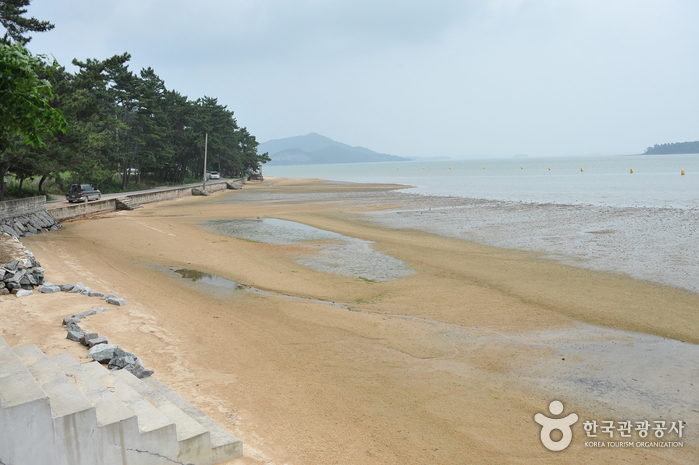
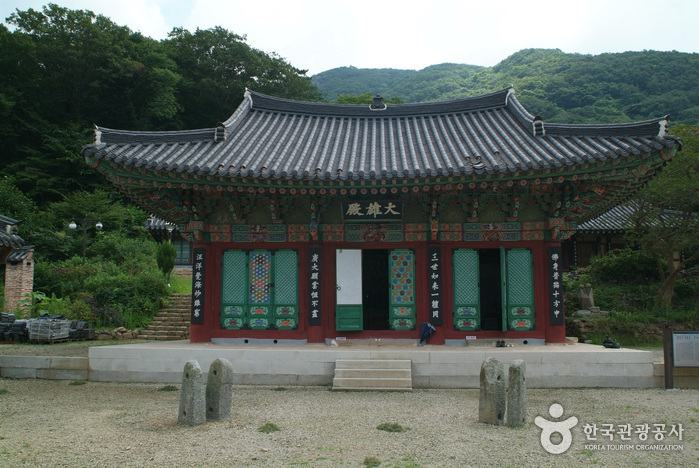

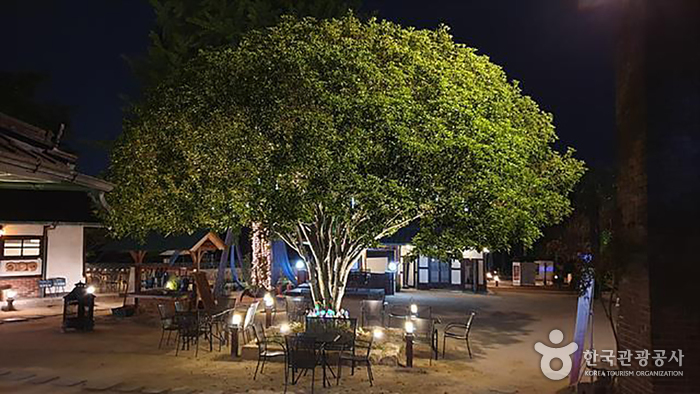
 English
English
 한국어
한국어 日本語
日本語 中文(简体)
中文(简体) Deutsch
Deutsch Français
Français Español
Español Русский
Русский